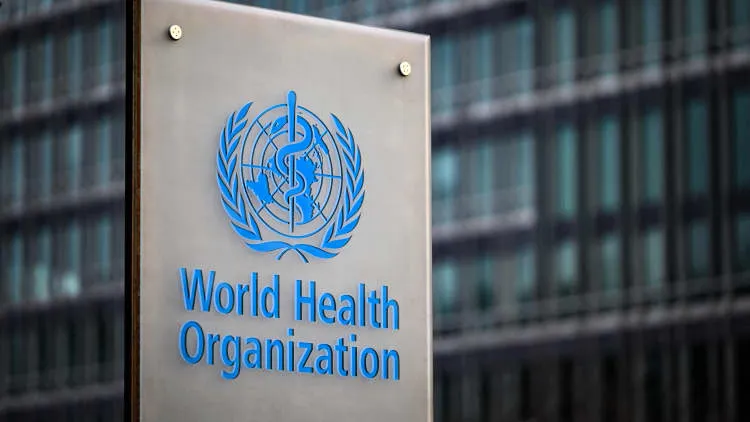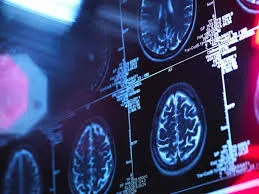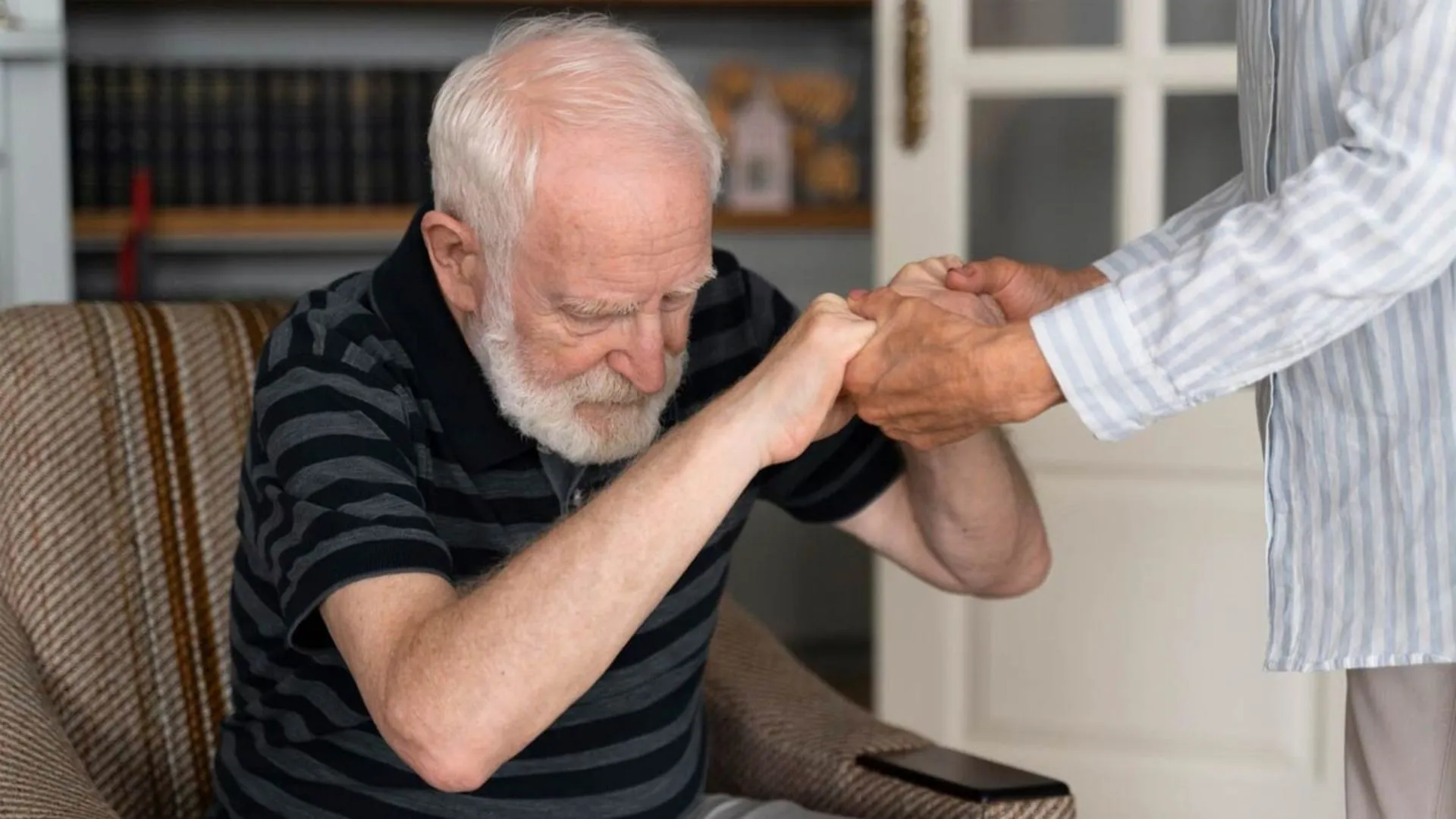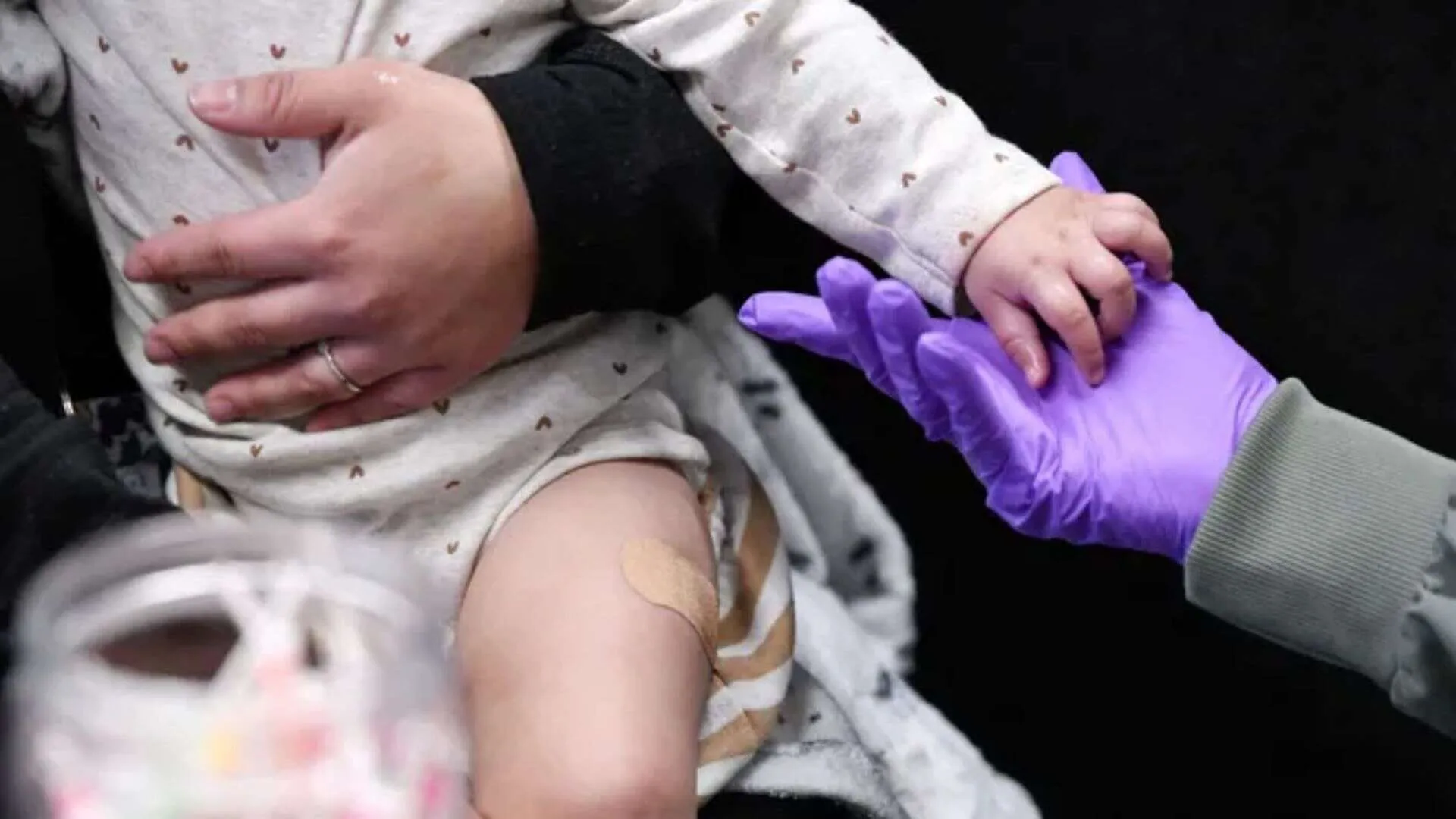In the wake of the devastating earthquakes that rocked central Myanmar, the World Health Organization (WHO) has launched a rapid emergency response to address the immediate health needs of the thousands of people injured by the tremors. Two strong earthquakes, registering magnitudes of 7.7 and 6.4, struck central Myanmar on a Friday, resulting in widespread destruction across multiple towns and cities, including Nay Pyi Taw, Mandalay, Bago, Magway, Sagaing, and Shan South and East. The quakes have led to numerous casualties, with hospitals overwhelmed by the influx of injured patients. In response, WHO has sent nearly three tons of medical supplies to hospitals in Nay Pyi Taw and Mandalay, the two cities hardest hit by the earthquakes.
Emergency Medical Supplies Deployed
The WHO’s shipment, which was rushed from its emergency stockpile in Yangon, included trauma kits, multipurpose tents, blood transfusion supplies, anaesthetics, and essential medicines, among other critical medical supplies. The supplies were dispatched within 24 hours of the tremors hitting the region, underscoring the urgency of the situation. As part of the response, the WHO provided medical kits to two of the largest hospitals in the affected areas: the 1,000-bed hospital in Nay Pyi Taw and Mandalay General Hospital. These hospitals are serving as the main facilities for the treatment of the injured and are currently dealing with an overwhelming number of patients.
The trauma kits sent by WHO are intended to treat severe wounds and fractures, while the multipurpose tents provide additional space for the growing number of patients. The tents are critical for the hospitals, which have been overwhelmed by the sheer volume of casualties and are struggling with limited space. The WHO’s intervention has been crucial in preventing further health complications by ensuring that hospitals have the capacity and supplies necessary to handle the massive influx of injured individuals.
Immediate Health Needs and Challenges
As the number of casualties continues to rise, hospitals in Myanmar face significant challenges in providing adequate care. The immediate needs for medical care are vast and include trauma and surgical services, blood transfusion supplies, anaesthetics, and the management of mass casualties. In addition to the physical injuries, there is also a pressing need for safe water, sanitation, and mental health and psychosocial support for those affected by the quake. The WHO is working to address these needs through both medical and logistical support.
In addition to the physical injuries, many survivors of the earthquake are experiencing emotional distress, with some suffering from post-traumatic stress disorder (PTSD). The WHO’s response includes providing psychosocial support to help individuals cope with the trauma of the disaster. Given the scale of the destruction, it is clear that mental health will be a significant focus of the recovery efforts in the weeks and months to come.
The Scale of Destruction and Health Facility Impact
The earthquakes have caused extensive damage to infrastructure, particularly in urban areas such as Mandalay, Sagaing, and Nay Pyi Taw, where large-scale destruction of buildings and structures has occurred. The impact on health facilities has been severe, with many hospitals sustaining damage and becoming overwhelmed by the number of injured people seeking medical attention. While the full extent of the damage to health facilities and the total number of casualties is still being assessed, it is clear that the situation remains dire, and more medical assistance will be needed in the coming days.
In response, WHO has prepared a second shipment of Inter-Agency Emergency Health Kits, which are expected to be dispatched shortly. Each kit is designed to treat up to 10,000 people for a duration of three months, providing critical supplies and medications to support the ongoing treatment of those affected by the disaster. WHO’s rapid deployment of medical resources is crucial for stabilizing the situation and providing immediate relief to those in need.
Global Collaboration and Support
WHO is not acting alone in its response to the crisis in Myanmar. The organization has reached out to the global Emergency Medical Teams (EMTs) network to identify additional teams that can be deployed to provide further support in the form of field hospitals. As of now, 26 EMTs have expressed interest in deploying medical teams to Myanmar. These teams will play a vital role in providing emergency care to the injured and supporting the overwhelmed hospitals in the region.
In addition to the deployment of medical teams, WHO is also conducting a rapid needs assessment to identify gaps in the response and to tailor its efforts to the specific needs of the affected population. This assessment will help determine the next steps in the response and ensure that the most pressing needs are addressed in a timely and effective manner.
The Importance of Early Intervention and Preparedness
The WHO’s response to the earthquake crisis in Myanmar highlights the importance of early intervention and preparedness in the face of natural disasters. The organization’s rapid deployment of medical supplies and personnel has been crucial in minimizing the impact of the earthquakes on public health. In addition to providing immediate medical care, the WHO’s efforts also focus on the long-term recovery of affected communities, ensuring that those who survive the disaster receive the necessary support to rebuild their lives.
Preparedness for future disasters is equally important. The experience in Myanmar underscores the need for governments, international organizations, and local communities to work together to enhance disaster preparedness and response capabilities. By investing in preparedness, it is possible to mitigate the impact of future disasters and ensure that affected populations receive the support they need in the aftermath.
Challenges in Delivering Aid and Ensuring Access to Care
One of the primary challenges faced by the WHO and its partners in responding to the earthquake crisis in Myanmar is ensuring that aid reaches the most affected areas. Myanmar’s infrastructure is already under strain, and the destruction caused by the earthquakes has made transportation and delivery of medical supplies even more difficult. Access to remote areas is particularly challenging, and efforts are underway to ensure that aid reaches those in need as quickly as possible.
Additionally, the healthcare system in Myanmar has been under significant pressure even before the earthquakes, and the additional strain caused by the disaster has only compounded existing challenges. Ensuring that hospitals and medical staff are equipped to handle the surge in patients, as well as providing ongoing support to those in need, remains a significant challenge for WHO and its partners.
Long-Term Recovery and Support
While the immediate response to the earthquake crisis is critical, the long-term recovery of affected communities will require sustained support. WHO’s ongoing efforts will focus on providing both medical and psychosocial support to those who have been impacted by the disaster. As the scale of the damage becomes clearer, it is likely that additional resources will be needed to support the recovery process.
The WHO’s efforts in Myanmar are a reminder of the critical role that international organizations play in disaster response. In the face of such overwhelming challenges, the global community must come together to support those affected by natural disasters and ensure that those in need receive the help they deserve.
In conclusion, the WHO’s response to the earthquake crisis in Myanmar is a testament to the importance of rapid action in the face of disaster. By providing essential medical supplies, deploying emergency medical teams, and offering psychosocial support, WHO is working tirelessly to mitigate the impact of the earthquakes on the health and well-being of affected populations. As the recovery process continues, the global community must remain committed to supporting the people of Myanmar and ensuring that they receive the care and resources they need to rebuild their lives.









